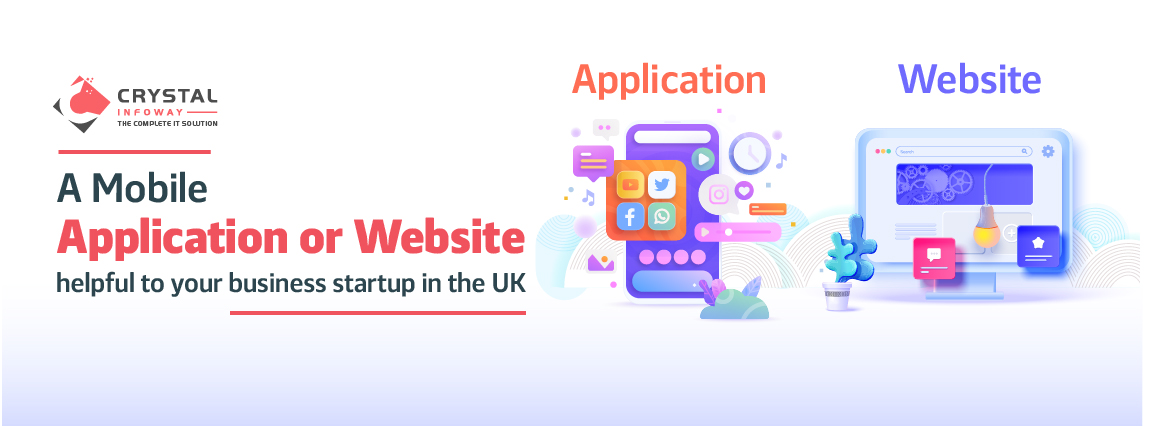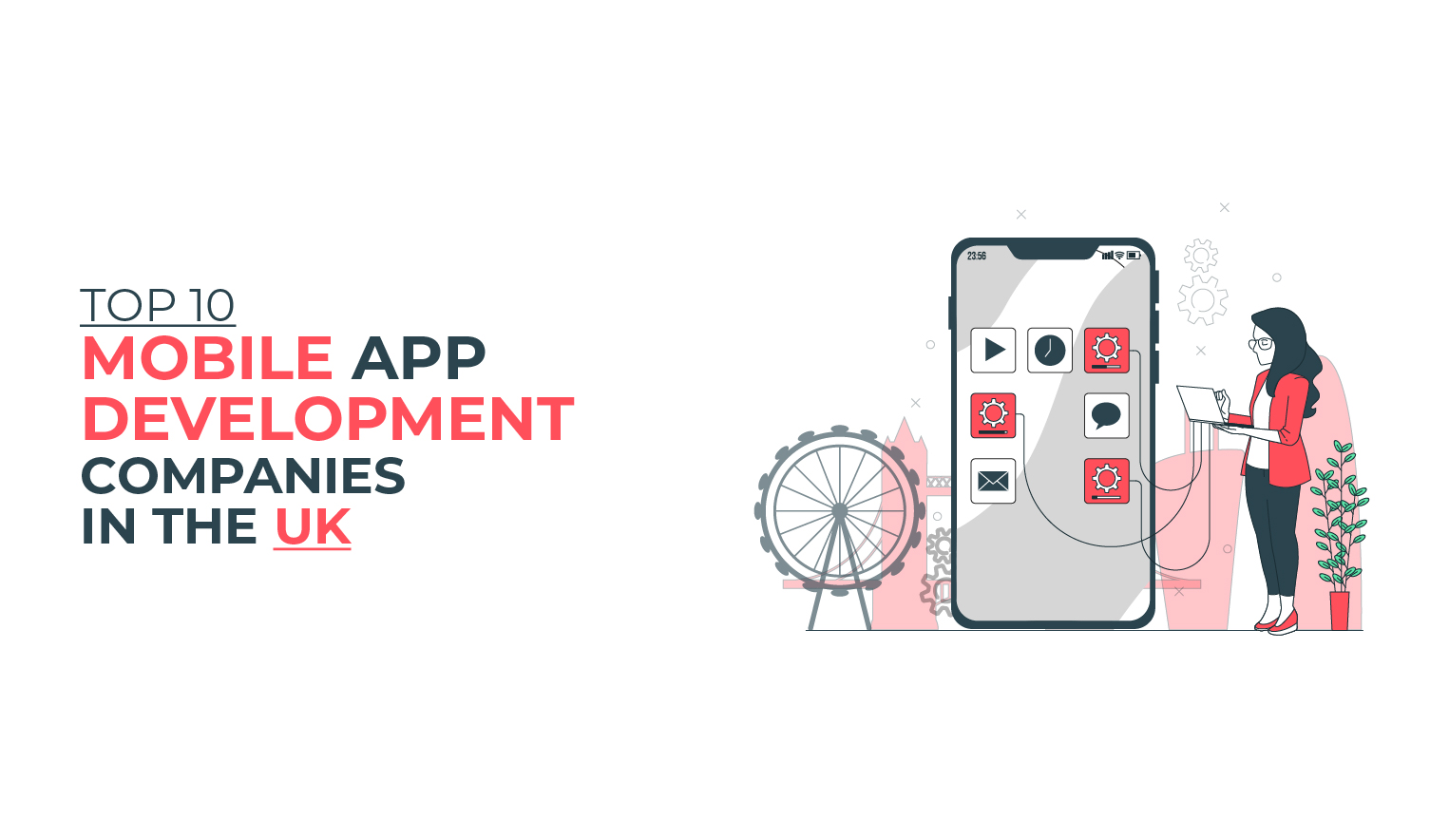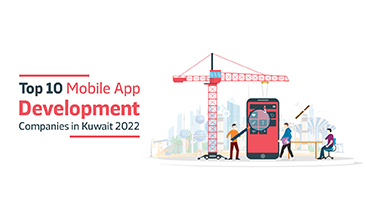
Request a Call Back
Enter your contact details and one of our friendly team member will be in touch soon!.

Enter your contact details and one of our friendly team member will be in touch soon!.

In this digital age, having a mobile application or website is no longer an option for businesses; it’s necessary. A mobile app or website can help business startups in the UK to reach out to their target audience and maximize their profits. It can also provide them with valuable insights into customer preferences and market trends, enabling them to make better decisions when it comes to product development, pricing strategies, and marketing campaigns. With the right approach, a mobile application or website for your business startup in the UK can be an invaluable tool that pays off big time.
Mobile applications and websites have become increasingly important for business startups in the UK, as they provide a platform to reach out to customers, increase visibility and build brand recognition. With mobile apps, businesses can also offer exclusive deals or discounts that engage customers and drive sales. In addition, apps allow companies to collect data on customer behavior which can be used to refine marketing campaigns or tailor product offerings according to user preferences.
In terms of developing the right mobile application for your startup in the UK, you must choose an experienced developer with knowledge of the local market. Doing so will ensure that your app meets all relevant standards for security and functionality to protect both users’ data and your company’s reputation. Additionally, you must select a design framework tailored specifically towards creating an effective user experience; one which allows users easy access to all of your services from anywhere at any time. Finally, keep in mind that launching a successful mobile application requires ongoing maintenance including updates and improvements based on performance metrics such as download rate or usage frequency over time.
Having a mobile application or website can be an invaluable asset for business startups in the UK. With a well-designed app, businesses can significantly expand their market reach by making their products and services available to customers anytime, anywhere. Mobile apps also help to promote brand awareness by increasing visibility and providing customers with an easy way to interact with the company; this is particularly beneficial for small businesses that would otherwise struggle to compete against larger corporations.
Another major benefit of having a mobile application or website is improved customer connectivity. This allows users to stay connected with the company’s services even when they are on the go, enabling them to access product information, make purchases, or contact customer service instantly. Additionally, apps provide convenience through features such as push notifications which keep customers informed about new product releases or special offers so that they don’t miss out on any deals.
Finally, having a mobile application or website increases profitability as it helps businesses track user behavior and target relevant audiences more effectively – thereby boosting sales numbers and revenues over time. Furthermore, companies can leverage exclusive discounts offered through their applications as incentives for loyal customers which encourages repeat purchases from existing clientele while simultaneously attracting new buyers into the fold.
Once the goals and audience for a mobile application have been determined, the next step is to create an outline of its functionalities. This includes deciding which features will be included in the app, such as payment methods or user profiles. Additionally, it’s important to consider how users will navigate through various sections of the app and what types of content they should expect at each stage to ensure that their experience remains enjoyable and intuitive.
The visual components of the application are then designed according to industry standards; this involves determining both the overall look and feel as well as individual elements including fonts, colors, and graphics. It is also essential that all necessary screens for different devices (e.g., phones, tablets) are created so that users can access your services on whatever device they prefer.
After designing these components, rigorous testing must be done before launch to assess whether or not all functions work properly across different platforms. This includes simulating real-world scenarios such as network connection drops or low battery levels so that any potential glitches can be identified beforehand and addressed accordingly before releasing your product into production mode.
Finally, once all preparations have been made, you can launch your mobile application onto various marketplaces where customers can download it onto their devices with ease – thereby giving them access to your services anytime anywhere!
Once the goals and audience for a mobile application have been determined, the next step is to create an outline of its functionalities. This includes deciding which features will be included in the app, such as payment methods or user profiles. Additionally, it’s important to consider how users will navigate through various sections of the app and what types of content they should expect at each stage to ensure that their experience remains enjoyable and intuitive. The application's visual components are then designed according to industry standards; this involves determining the overall look and feel and individual elements including fonts, colors, and graphics.
To make sure that your mobile application functions properly across different platforms, you need to conduct rigorous testing before launch by simulating real-world scenarios such as network connection drops or low battery levels so that any potential glitches can be identified beforehand and addressed accordingly before releasing your product into production mode. A/B tests can also help determine which design elements work best with users; these allow you to compare two versions of designs side by side while measuring metrics like click rates or time spent on pages to identify trends among different demographics or preferences.
Finally, once all preparations have been made, you can launch your mobile application onto various marketplaces where customers can download it onto their devices with ease – thereby giving them access to your services anytime anywhere!
Once your mobile application or website is live, it is important to stay on top of user feedback and take proactive steps to ensure that customers are satisfied with the product. This can include monitoring app performance metrics such as download rates and usage frequency over time, while also engaging users through exclusive deals or discounts to keep them coming back. Additionally, customer service should be offered through various channels including email, social media, or a dedicated support page so that users’ queries can be addressed quickly and efficiently. Doing so will help maintain a positive reputation for your business startup which helps build trust among customers – thereby driving more sales in the long run!
We are experts in developing phenomenal mobile application solutions for our dynamic client base by delivering the most efficient end product. Our commitment to severe timelines for delivery and cost-effective services will work well for your businesses.
Finally, businesses should consider investing in marketing campaigns that target relevant audiences and promote their products effectively. This includes leveraging digital advertising platforms such as Google Ads to reach out to potential customers who are actively searching for services related to yours; this allows you control over who sees your ads while giving you access to valuable data about user behavior which can then be used improve future campaigns based on what works best with different audiences.


Looking for top 10 Mobile app development ...
Read More
Are you looking for top mobile app develop...
Read More